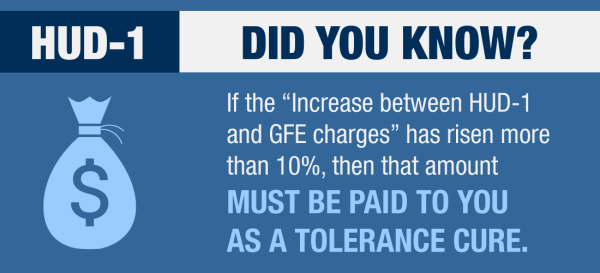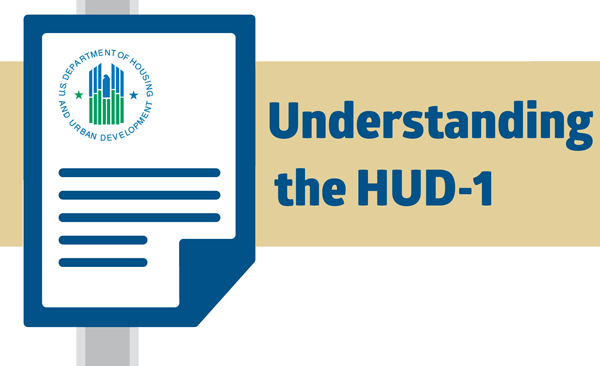NOTE: The GFE is no longer used in mortgage transactions. Visit https://www.firstam.com/ownership/transaction-disclosures/ for information about the new disclosures.
Whether you're new to the homebuying process or a seasoned veteran, the concept of a tolerance cure might still be a little hazy to you. But it's an important to term to know, because it protects you from overpaying some of your loan costs. Even if you have a real estate professional to guide you through these unfamiliar terms, it's still a good idea to go into a closing with your own knowledge about a tolerance cure.

Understanding this term starts with your Good Faith Estimate.
If you're purchasing your home with the help of a mortgage, your lender will provide you with a Good Faith Estimate. This is a government-standardized form that outlines all the charges and fees you can anticipate to pay during the closing process. The important thing to note, however, is that each of these charges has a tolerance level that determines how much it can increase at closing. A fee can either have no tolerance, zero percent tolerance or 10 percent tolerance.
On the final page of your GFE, you'll see a table at the top. The center column's headline states that the total of the charges listed below it can only increase up to 10 percent at settlement. These charges include:
- Required services that the lender selects;
- Title services and lender's title insurance (if the lender selects them or you use companies the lender identifies);
- Owner's title insurance (if you use companies the lender identifies);
- Required services that you can shop for (if you use companies the lender identifies); and
- Government recording charges
Comparing with your HUD-1
When you're ready to close the transaction on your new home, the settlement agent will prepare a HUD-1 form. This summarizes the costs owed by the borrower to the seller, and the final page compares your GFE estimates to your HUD-1 charges. In particular, the second section of the final page separates charges that in total cannot increase more than 10 percent.
If the increase between your HUD-1 and GFE charges is more than 10 percent, then the amount that is over the cap must be paid to you as a tolerance cure. Many homebuyers may not be aware of this benefit, which is why it's a good idea to learn as much as possible about the closing process from a respected professional in the real estate business.



